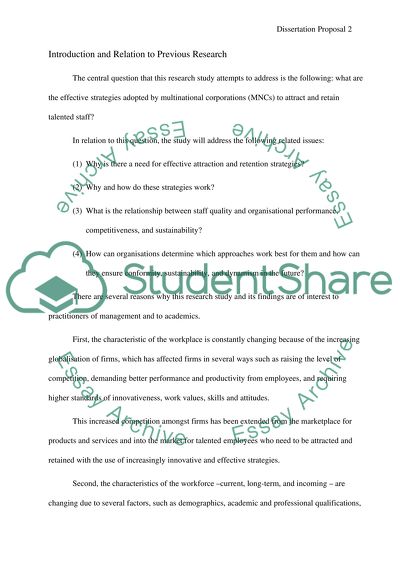Cite this document
(Practical Approaches to Attracting and Retaining Talented Staff in Research Proposal, n.d.)
Practical Approaches to Attracting and Retaining Talented Staff in Research Proposal. Retrieved from https://studentshare.org/human-resources/1517641-retaining-and-attracting-staff-in-organisation
Practical Approaches to Attracting and Retaining Talented Staff in Research Proposal. Retrieved from https://studentshare.org/human-resources/1517641-retaining-and-attracting-staff-in-organisation
(Practical Approaches to Attracting and Retaining Talented Staff in Research Proposal)
Practical Approaches to Attracting and Retaining Talented Staff in Research Proposal. https://studentshare.org/human-resources/1517641-retaining-and-attracting-staff-in-organisation.
Practical Approaches to Attracting and Retaining Talented Staff in Research Proposal. https://studentshare.org/human-resources/1517641-retaining-and-attracting-staff-in-organisation.
“Practical Approaches to Attracting and Retaining Talented Staff in Research Proposal”, n.d. https://studentshare.org/human-resources/1517641-retaining-and-attracting-staff-in-organisation.


